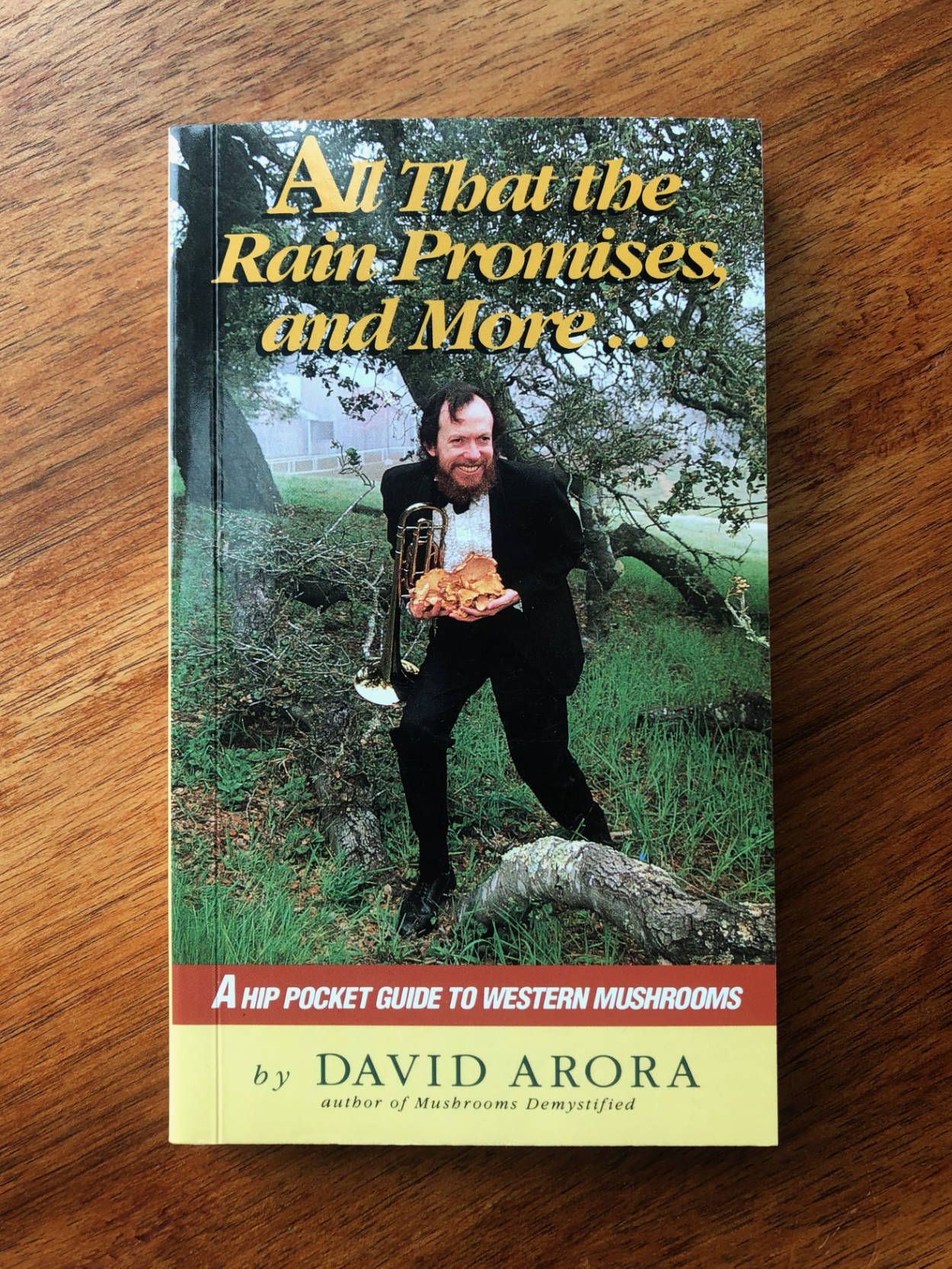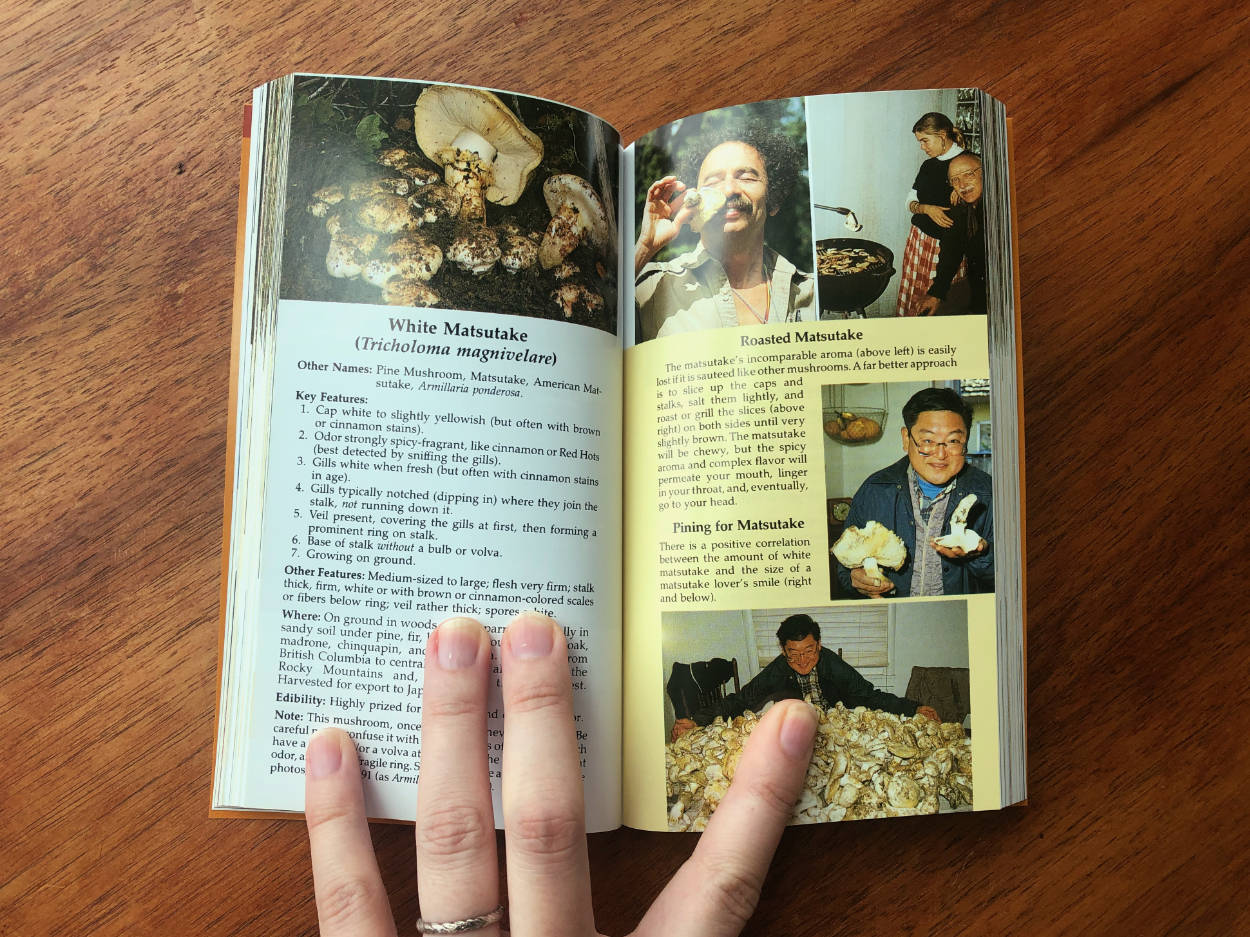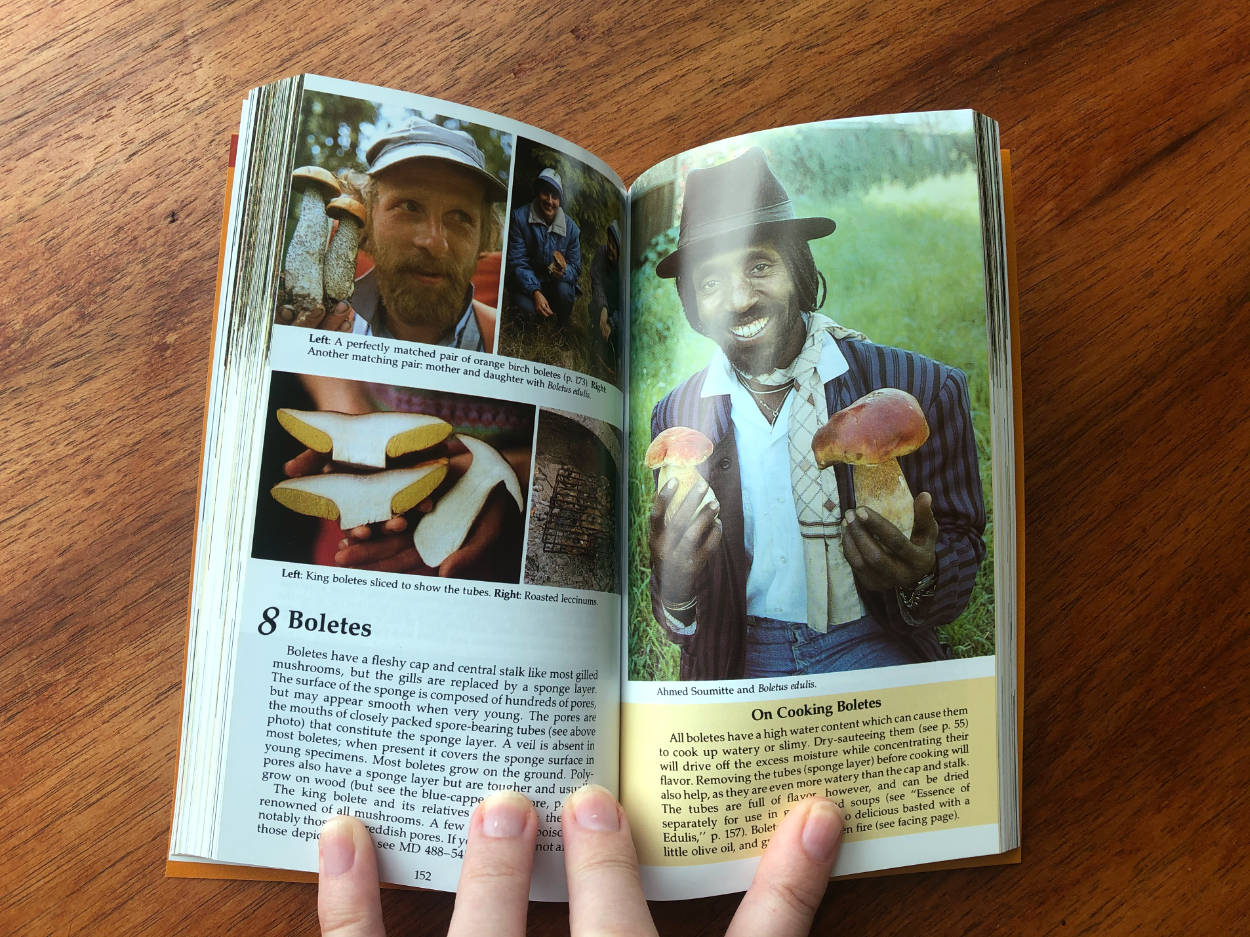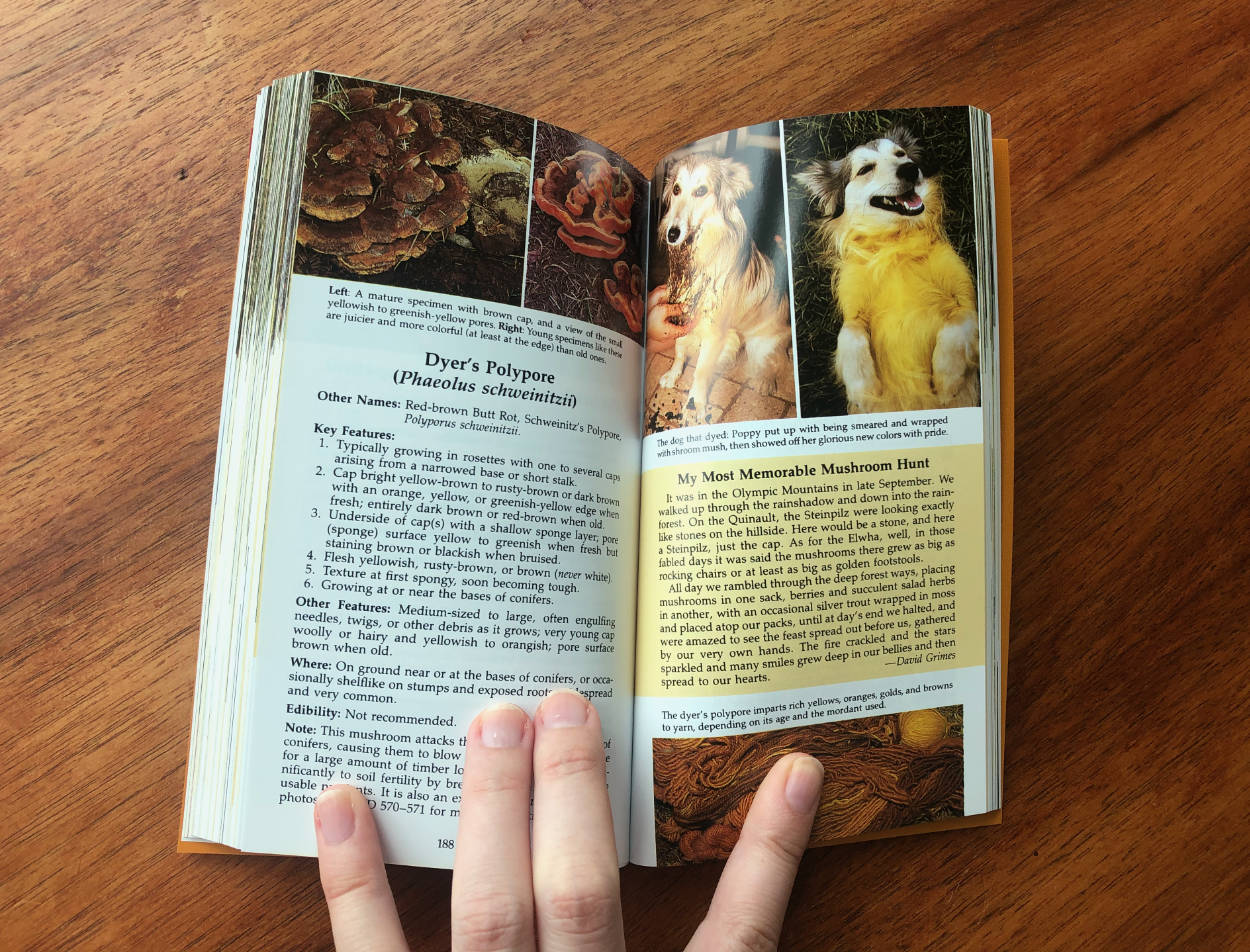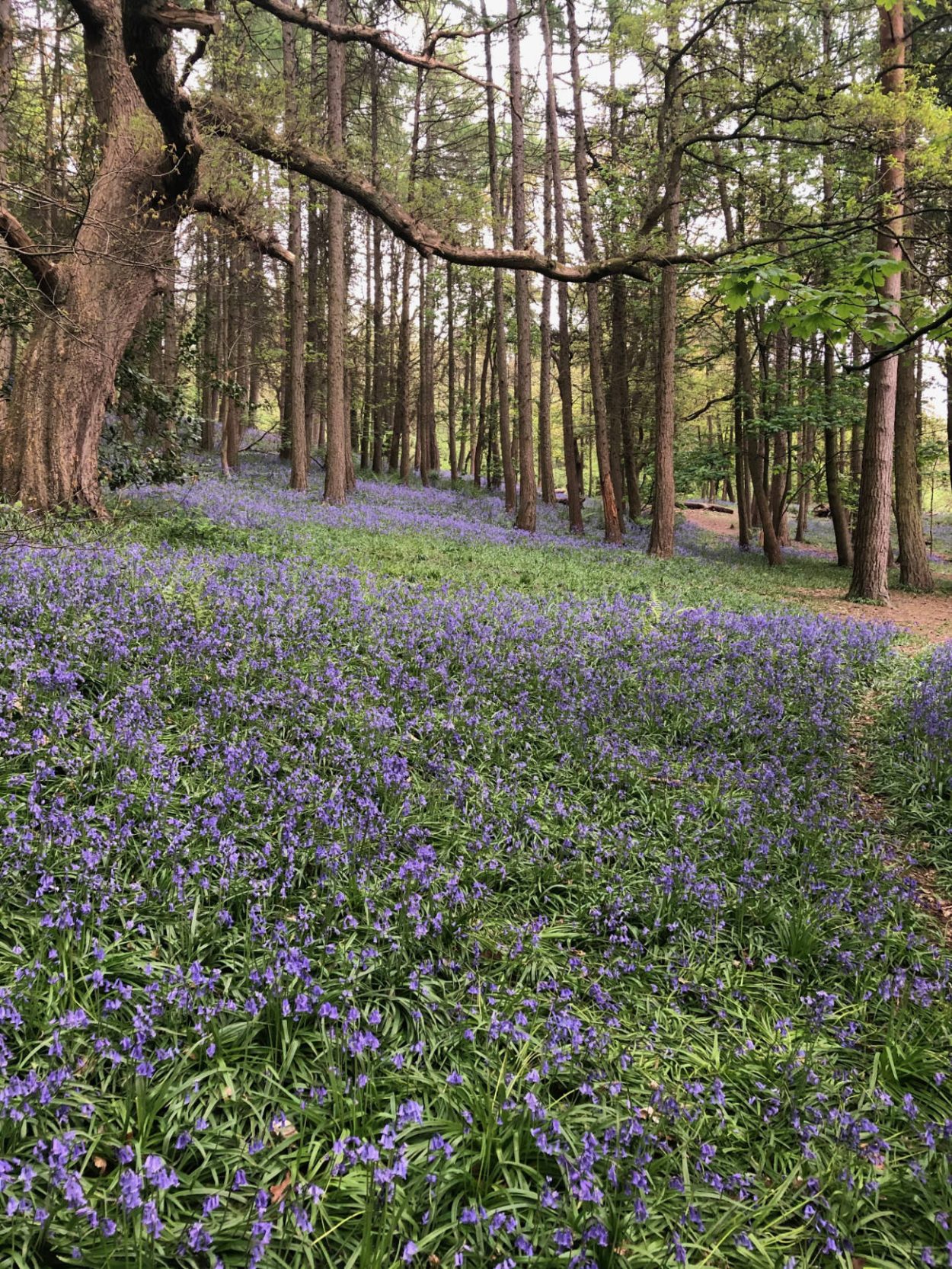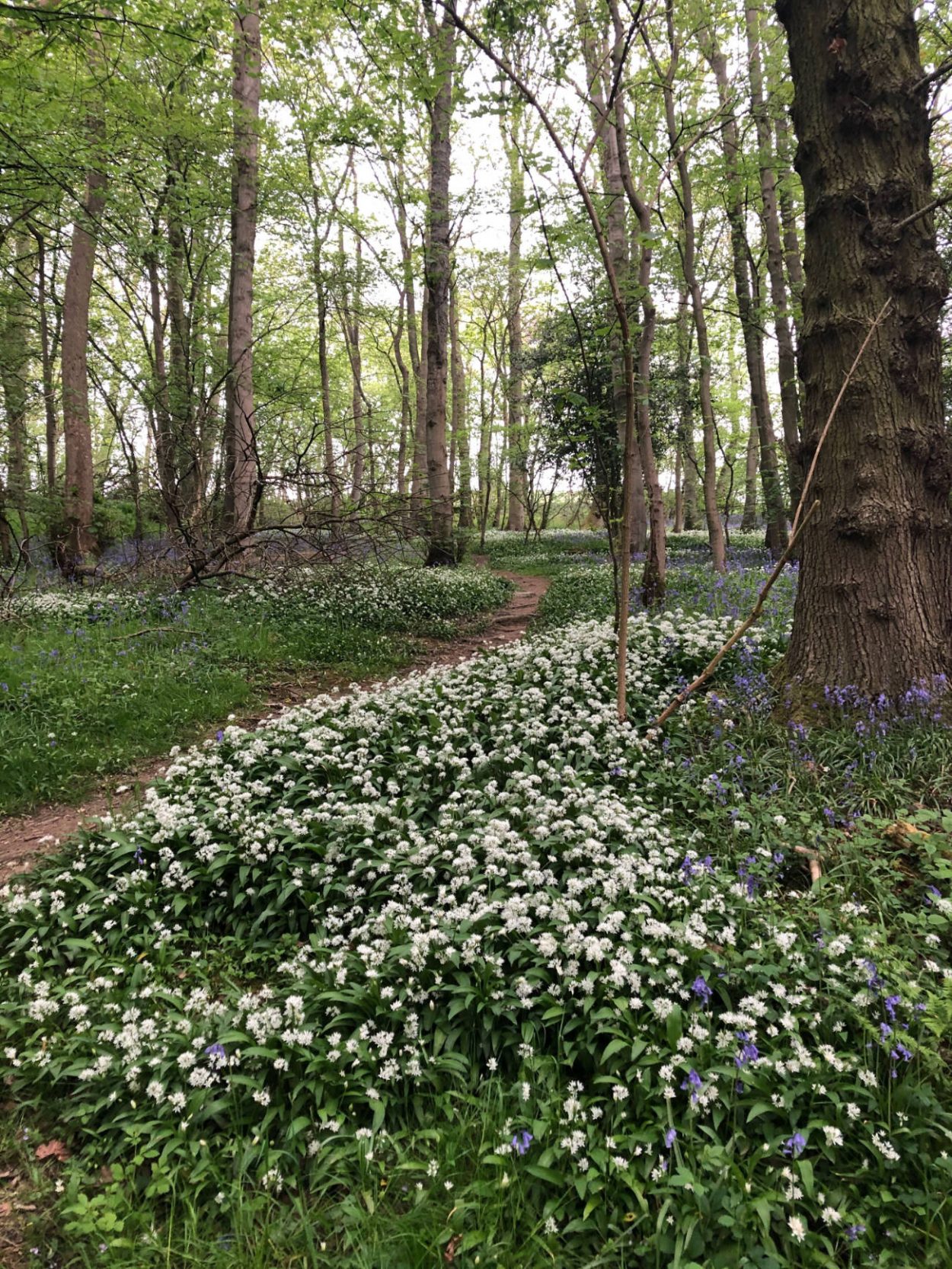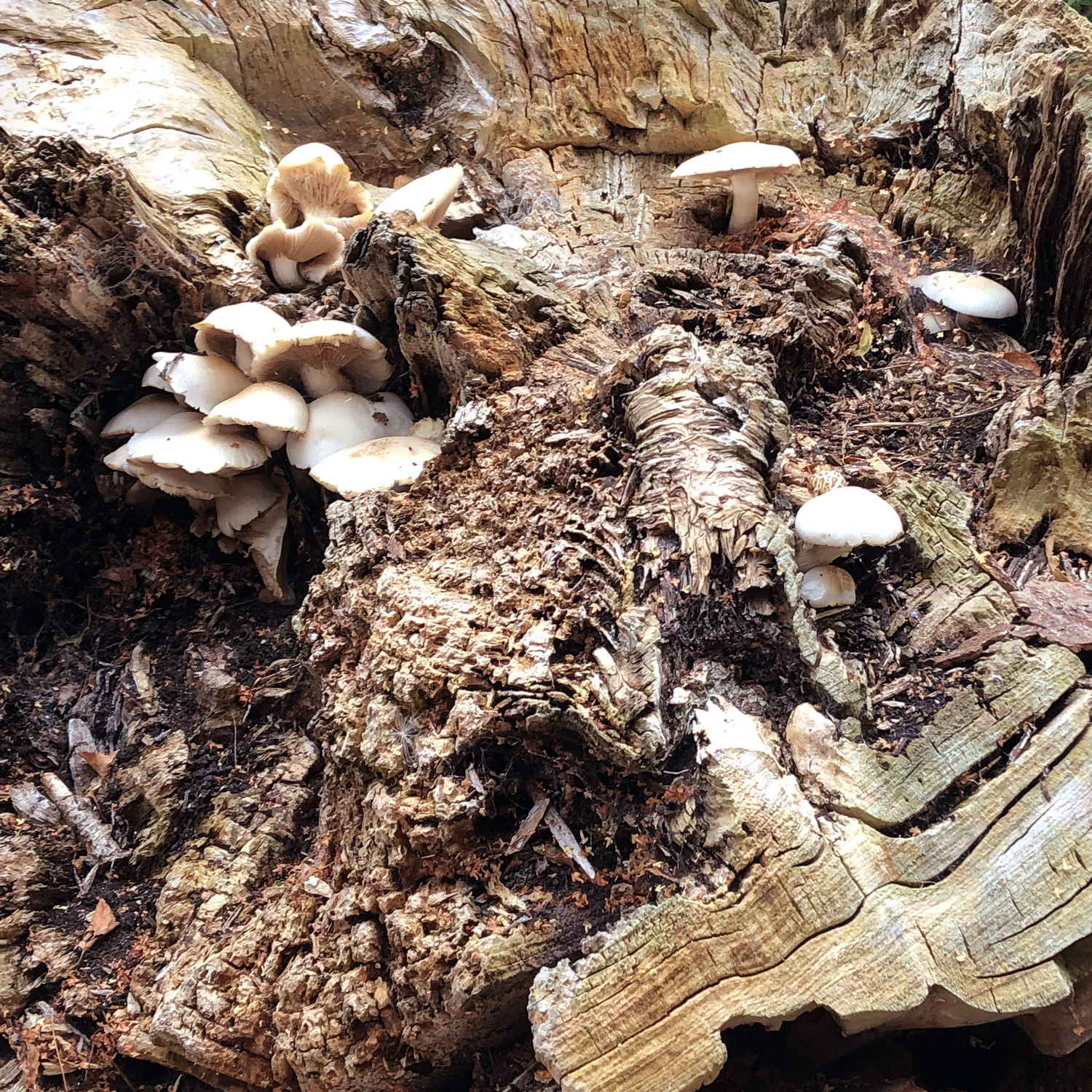We took a walk in Middleton Woods this weekend and it was just covered in ramps and bluebells. I collected enough wild garlic for 5–6 meals, and then towards the end of the walk we came across a bunch of enormous mushrooms on a log with caps almost as big as my face. It’s interesting, we came across very few mushrooms elsewhere. Perhaps it’s been too dry?
Though I was prettttyyyyy confident they were Dryad’s Saddle mushrooms, I wasn’t 100% sure… I had a look online to see if it can be mistaken for anything else and it seemed not. I also ran it past some friends that tend to know about these sorts of things and got a thumbs up.
Here’s the forest and the haul. Lemon for scale!
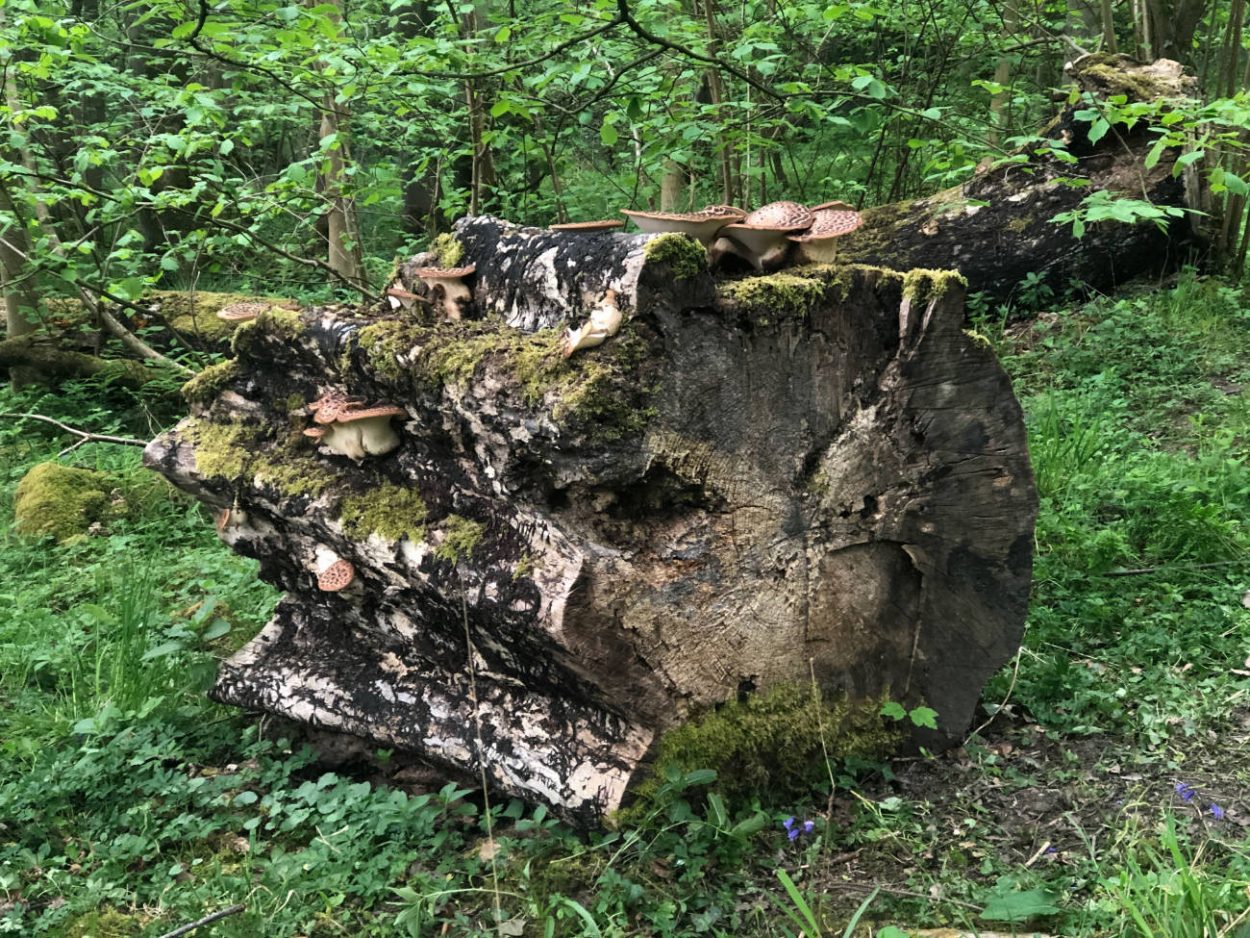
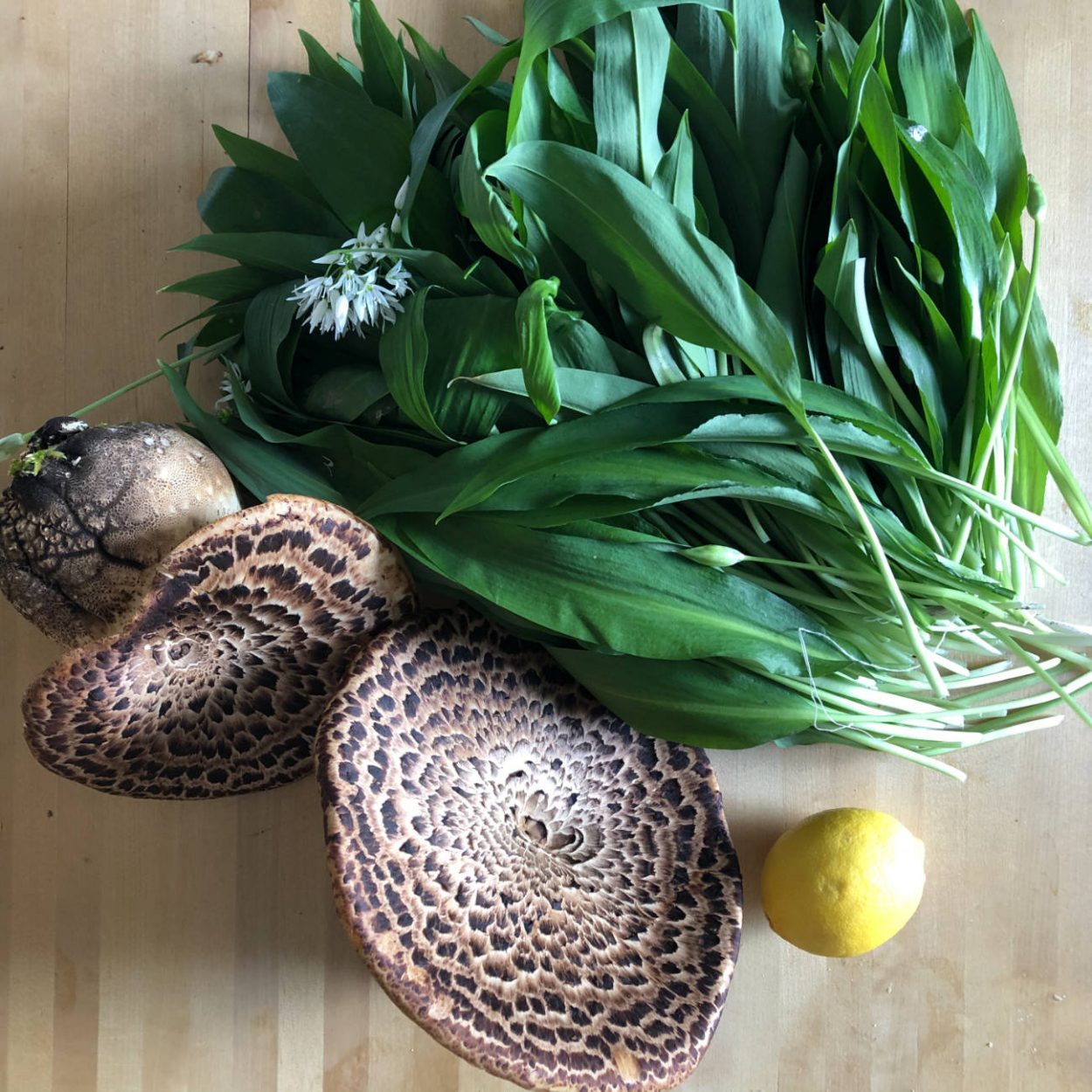
The ramps are super easy to cook, pretty much like spinach. Just sauté them in a little oil or butter with a pinch of salt and maybe some lemon juice.
Dryad’s Saddle mushrooms are also known as Pheasant Back mushrooms due to the pattern on the cap that looks like a pheasant’s feathers. They can be tough when they’re older so should only be eaten when young. When you give the stem a gentle squeeze there should be a bit of give, very similar to a store-bought mushroom. If they’re any firmer than that, they’re probably be too tough to be pleasant or worth it. Apparently the older specimens can be good to make broth, but I haven’t tried this. It can be hard to tell young from old since big does not necessarily mean old, this article on foragerchef.com has some tips on spotting young Dryad’s Saddles.
The Dryad’s Saddle takes a bit of prep, but not much honestly. I laid the mushroom cap-down on a cutting board and used the edge of a spoon to scrape off the pores on the underside of the mushroom. Very satisfying, they come away really easily. Next, I flipped it over and peeled off the top layer, the “feathers” of the Pheasant’s Back. This can apparently get a bit tough when cooked. At that point I was just left with a very large, creamy interior.
You can cook it a lot of different ways, check out this article and the previously linked Forager Chef article for tons of suggestions. They have a mild scent of cucumber or watermelon, so Kieran’s suggestion of cooking them in a soup with coconut milk and turmeric sounds really great.
I ended up slicing them thin and evenly, then baking them with olive oil and a little salt. This turned them in to mushroom chips, they were almost bacon-y and very crisp! Dryad’s Saddle supposedly can get a little dry and tough when cooked this way, but I didn’t have that problem at all. Probably just has to do with the age of the mushroom. I don’t recommend attempting to stir fry Dryad’s Saddle unless you have a very decently sized wok. Mine released a lot of liquid when I attempted which made for some serious splatter, hence transferring it to the oven.
Look forward to getting back in the woods in a few days.
